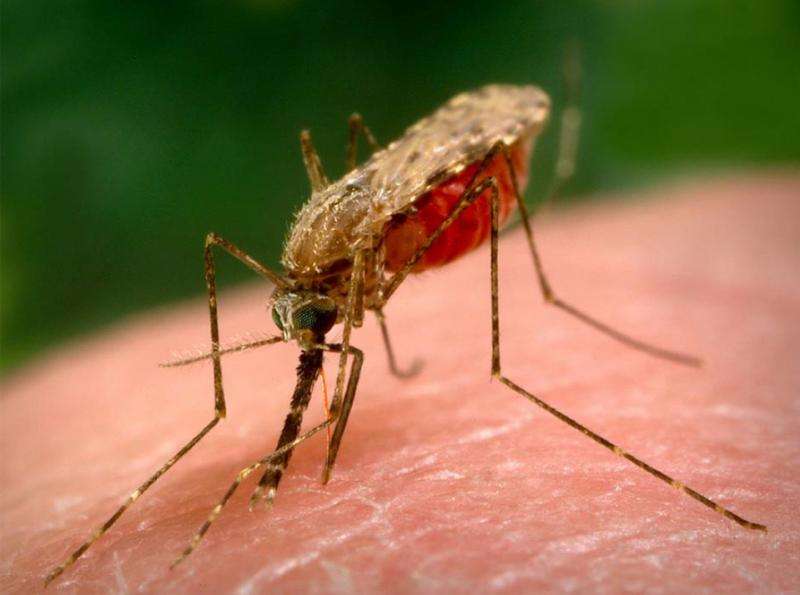Anopheles arabiensis. Credit: Rickard Ignell
The increased use of irrigation in sub-Saharan Africa has benefited the Anopheles arabiensis mosquito – an important malaria vector – particularly in rice paddies. A research team led from the Swedish University of Agricultural Sciences now shows that rice odours attract females, and elicit egg laying. The team has also produced a synthetic odour blend that triggers the same behaviour. Their findings may be an important step in the development of novel and cost-effective control measures.
The results were published on November 30th in the journal Scientific Reports.
In sub-Saharan Africa, systematic efforts are undertaken to increase the areas under irrigated cultivation. Irrigation of crops such as rice, maize and sugarcane provides food security, but it also provides ideal larval habitats for malaria mosquitoes. This has led to the emergence of mosquito populations in inhabited areas, and an increased risk of malaria.
Irrigated crops provide mosquito larvae with shelter from various threats, as well as nutrients in the form of pollen, detritus and microorganisms. The conditions in rice paddies are particularly well suited, and can offer permanent mosquito larval habitats. As a consequence, in many areas where irrigated rice is now common we also experience an increased abundance of the well-known malaria vector Anopheles arabiensis.
A key-factor for the build-up of viable mosquito populations, and for the spread of malaria, is that the female mosquitoes are able to find suitable aquatic habitats where they can lay their eggs.
"We know that smells are extremely important for the behaviour of mosquitoes in most phases of their life cycle, but it is only now that we begin to understand what attracts the egg-laying females to rice fields and other egg-laying sites", says Rickard Ignell, leader of the study and professor of chemical ecology at Swedish University of Agricultural Sciences (SLU).
Together with colleagues from SLU and scientists in Ethiopia, Kenya and England he has now shown that gravid females of Anopheles arabiensis are attracted and lay eggs in response to the odour present in the air surrounding rice. The research team has also identified a synthetic rice odour, consisting of a mixture of eight compounds in specific proportions, which triggers the same behaviour, both under laboratory and semi-field conditions.
"This synthetic lure may well become a tool in future control strategies against malaria", says Rickard Ignell, "and it is the first one that targets egg-laying females". "It can be used as an important complement to other control methods that target females searching for blood meals."
As the next step following this pre-field study, the team intends to test the rice odour blend under field conditions to evaluate its efficacy in relation to natural odours in the landscape.
Earlier this year, Rickard Ignell co-authored two other high-profile articles concerning alternative ways to reduce the transmission of malaria. One showed that chicken odours have a deterrent effect on A. arabiensis females, the other that malaria transmission rates can be reduced if certain plant species are included in the mosquitos' diet.
More information: Betelehem Wondwosen et al. Rice volatiles lure gravid malaria mosquitoes, Anopheles arabiensis, Scientific Reports (2016). DOI: 10.1038/srep37930
Journal information: Scientific Reports
Provided by Swedish University of Agricultural Sciences (SLU)





















